Listen up, if you’ve got low bone density and your hamstrings are tight, you have a problem!
That’s because tight hamstrings restrict your range of motion. If you try to bend to pick up a pencil and your hamstrings go, “No way, no how!” — then it’s a wrap.
To pick up that pencil you’ll have to round your back. But that’s a risky move when you have low bone density. That’s because you’ll put too much load on the front of your spine and in the upper back, where compression fractures are most likely to occur..
Over time this can set you up for a fracture. I know that’s a bitter pill to swallow. But that unpleasant scene doesn’t have to be your reality.
At least, not if you stretch and strengthen your hamstrings regularly. So I’m sharing my BEST hamstring exercises with you so you can keep those hammies flexible, protect your spine, and keep your active lifestyle.
Diving Into the Anatomy of Your Hamstrings
Alright, let’s talk about your hamstrings! These bad boys have the important job of connecting your hips and upper legs to your lower legs. They’re made up of three distinct muscles that fill the back of your thigh:
- Biceps femoris
- Semimembranosus
- Semitendinosus
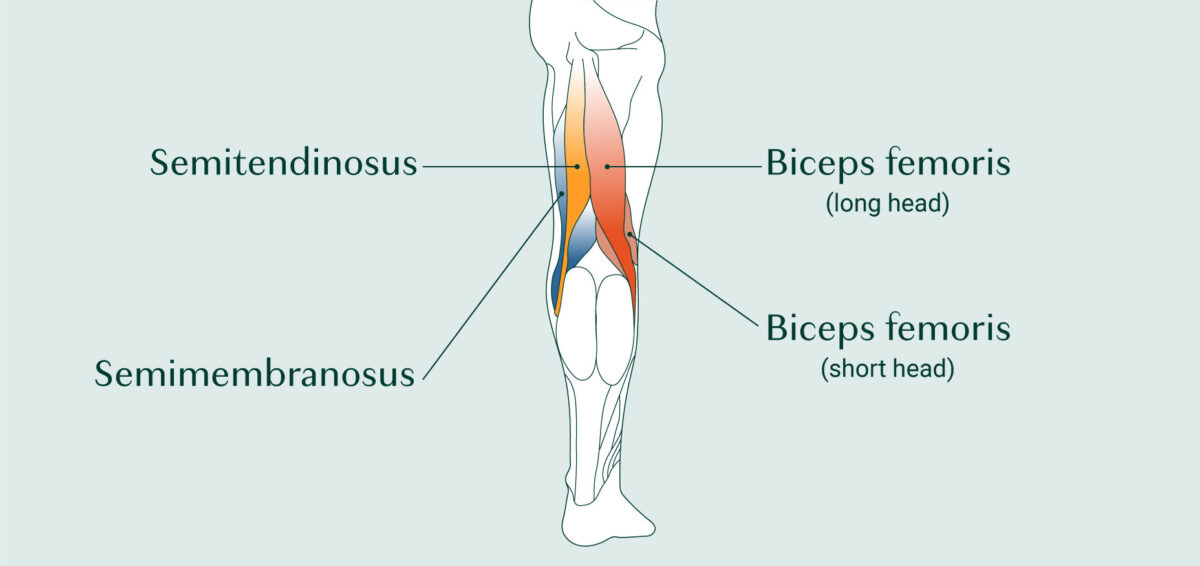
The biceps femoris is the muscle you’ll find on the outer back of the thigh. It’s made up of two heads — semimembranosus and semitendinosus — that lie on the inner back part of the leg.1
This trio of muscles is essential for keeping your limbs working in harmony so you can enjoy brisk walking, running, or cross country skiing without a hitch. Think of them as the engine that keeps your legs running.
So if you want to stay active and enjoy all the activities you love, having strong, flexible hammies is a must.
Understanding How Your Hamstring Muscle Group Works
Hey, did you know that your hamstrings are more than just a pretty muscle? They’re actually voluntary muscles, which means you control how they move and work. Not only that, but they serve a variety of functions, including:
- Bending the knee joint
- Extending the hip joint
- Rotating the hip joint2
When it comes to your back and how you move, your hamstrings play a big role. They allow you to do a range of things like climbing stairs, doing squats, and many other leg movements.
But tight hamstrings will limit the ability of your pelvis to tilt forward as you bend from your hips to do these activities.
This can lead to you developing a posterior pelvic tilt — a condition in which the pelvis is tilted backwards, out of its proper position.
And that’s not a pretty picture. Imagine your lower back flattening out, and your spine rounding. Ouch! Not only is this uncomfortable, it can also lead to poor posture and low back pain.3
But exercises such as bridges and the locust pose can help you prevent and correct posterior pelvic tilt (you’ll see these exercises demonstrated below).
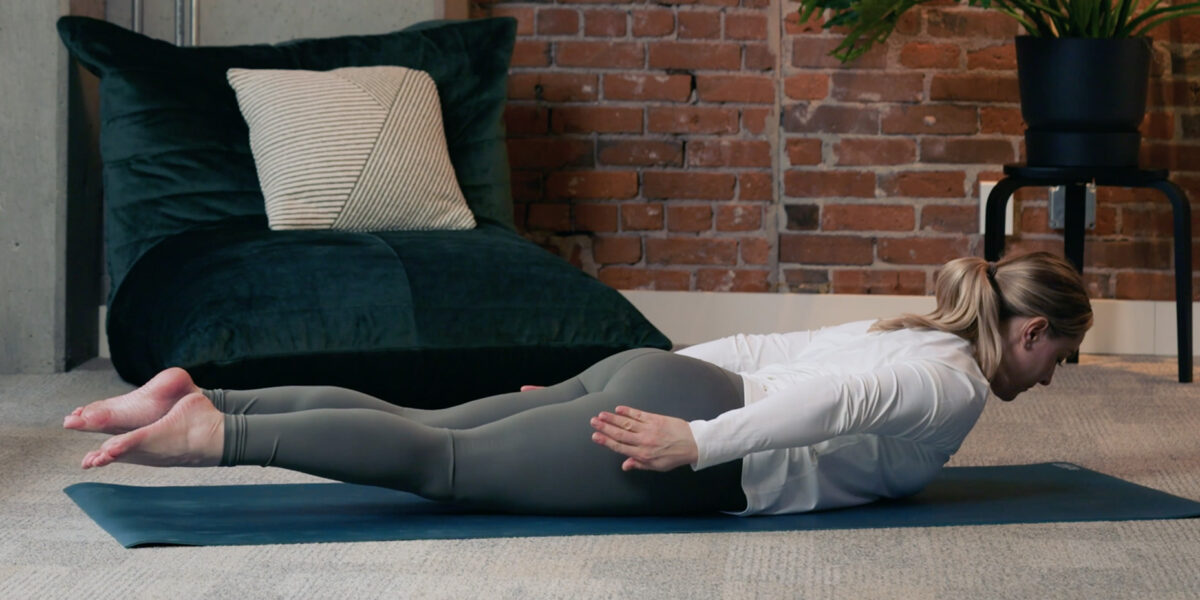
Hamstrings and The Sciatic Nerve: What You Need To Know
The hamstrings are probably most famous for their close proximity to the sciatic nerve.
Because this nerve runs right along the hamstrings, it can cause some tightness and discomfort along the back of your leg.4
Relieving hamstring tension is crucial if you’re looking to soothe nerve pain. Keeping your hamstrings mobile will help the nerve remain flexible.5
And when it comes to this area of the body it’s best to keep things loose — like a pair of jeans on Thanksgiving. Otherwise you’ll end up walking around like a robot, unable to bend and flex as nature intended.
So do yourself a favor and check out the hamstring stretches below — they’re particularly helpful for this.
The Amazing Connection Between Hamstrings and Bone Health
As mentioned earlier, tight hamstrings can lead to posterior tilting of the pelvis. So what does that have to do with you and your bone health? Well, when your back rounds forward it puts a lot of pressure on the front of the spine.
And when you have low bone density in your spine, repeated forward bending creates micro-trauma to the area. Over time, these repeated micro-traumas take a toll on your spine.
Eventually, a minor movement — like picking up a bag of groceries — can cause a compression fracture. In reality, that little move was just the final straw — the thing that pushed your bones to the breaking point.
Now if that thought makes you want to guard your bones like a junkyard watchdog, I understand.
That’s why I’m going to show you how to correctly emphasize the hip hinge so you can fold forward and do everyday activities like pick up objects, tie your shoes, or garden without a problem.6
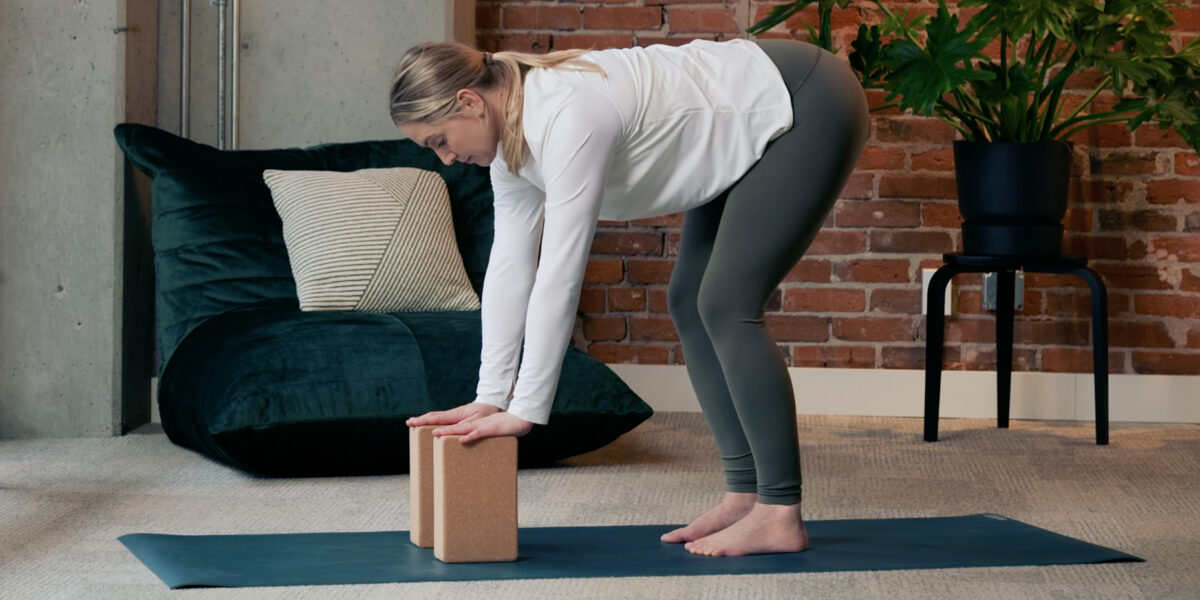
How Hamstring Exercises Improve Bone Density
The other reason why hamstrings are crucial to bone health is that they are one of the biggest muscle groups that surround the hip. They take up basically the whole back of your leg.
So strengthening these muscles can help place a strain through the bones of the femur and the pelvis. And this ultimately can lead to improved bone mineral density.7, 8
Bottom line, hit those hammies and your bones will thank you!
Hamstring Exercises for Improved Flexibility and Strength (with Video Tutorials)
Performing hamstring exercises is a great way to keep your hammies strong and flexible so you can keep up your active lifestyle.
But if your hamstrings are giving you trouble, don’t just dive into exercises right away! That’s like jumping into a pool without knowing how to swim. You need to check with a physical therapist first to make sure you’re doing the right thing.
I often perform a test with my patients on their hamstring strength. If they “cramp” right away or get a “Charlie-horse,” this tells me that the hamstring strength is poor. When the muscle cramps, one of the reasons may be because the muscle is in a state of fatigue.
Doing hamstring strengthening can help improve the health and tolerance of the muscle and reduce this fatigue when doing small exercises or movements.9
So, let’s check out some moves that are good for strengthening and lengthening your hamstrings. Each move is easy, quick, and can be done from the comfort of your home. Plus, they’re great for protecting your back.
Demo Videos
Props:
- Yoga Mat
- 2 x Yoga Blocks
- Yoga Strap
- Foam roller
Hamstring Stretches
To get the best results, you should practice these stretches every day. In general, it’s best to stretch your hamstrings after they’ve been warmed up by a walk.
Don’t push yourself too far in your hamstring stretches. It should feel good, not like you’re about to tear something down.
If you feel pain in these poses it can be a sign that you’re doing microscopic damage to the muscles. That’s when you need to ease up. Stay patient. And pay attention to the sensation of each stretch.
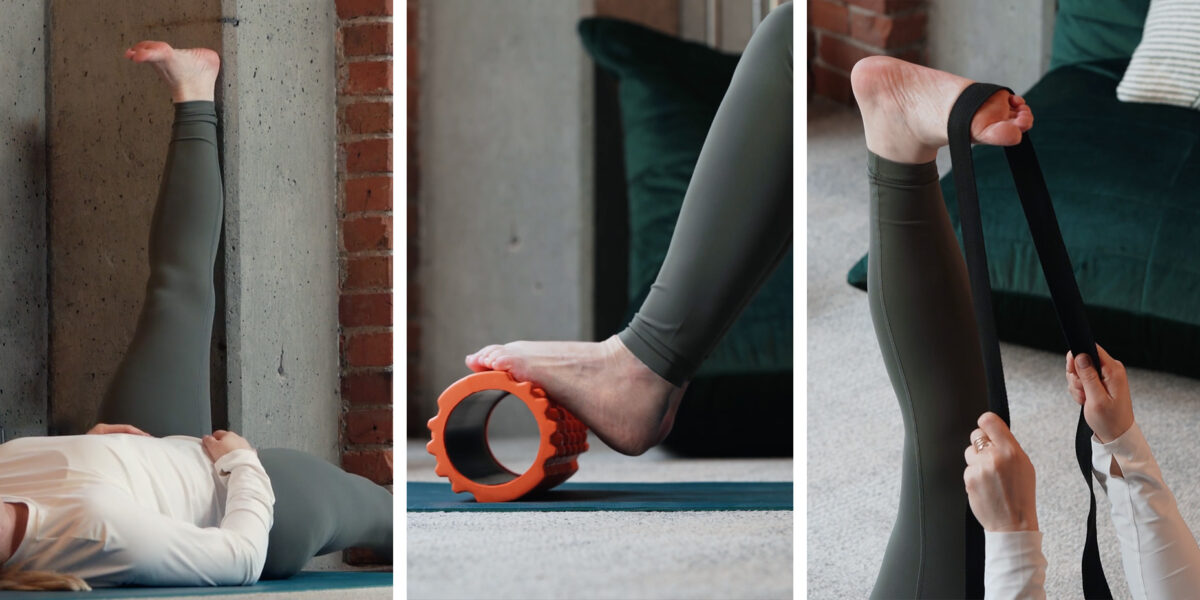
1. Modified Standing Forward Fold
If you do yoga, you know all about that classic forward fold. Now it’s great for stretching those hammies, but it can be a problem if you have osteoporosis.
That’s because it’s easy to hunch your back as you reach down. Not to worry though. I’ve got a sweet tweak you can try so you can still get your hammy stretch, but also keep your back safe and straight.
So go ahead and give it a whirl — you’ll get the stretch you need, with the safety your spine deserves.
- Grab two yoga blocks and place them either vertically or horizontally on the floor in front of you. The blocks will essentially bring the floor closer to you so you’re not over-reaching and rounding in the spine.
- Hinging at the hips, bend forward maintaining a straight spine and place your palms on the blocks. Do not strain to reach the blocks. If you find that they are too far away to reach comfortably, bend your knees slightly. Or use the seat of a chair until your hamstring flexibility increases.
- Look down at the floor in front of you, keeping your neck in line with the rest of your spine.
- Hold the stretch for five slow breaths.
- To come out of the stretch, gently draw in your pelvic floor and the muscle just below your belly button. Then slowly lift your torso back up with a straight spine.
2. Supine Hamstring Stretch With A Strap
Stretching your hamstrings while laying on your back is another great way to improve your flexibility while keeping your spine safe.
- Grab a yoga strap. If you don’t have one, a belt or even a sheet will work just as well.
- Lie down flat on your back.
- Draw one knee towards your chest and place the strap around the ball mounds of your toes. Now hold one end of the strap in each hand.
- Slowly extend your leg up, straightening the knee as you press your heel towards the sky. Keep your shoulders and head down and your chin slightly tucked.
- Hold the stretch for five slow breaths and release.
*If you’re feeling unstable in this stretch, modify it by bending your supporting leg and placing your foot on the floor.
3. Supine Hamstring Stretch at a Wall
An easier version of a supine hamstring stretch involves using the support of a wall to keep one leg lifted.
- Find a corner of a wall that will allow you to have one leg resting on the wall and one leg stretched out beside it. Resting your leg on a door frame will also do the trick.
- Keep one leg on the floor next to the wall and raise the other leg so it rests on the wall.
- Keep your feet flexed (the opposite of pointed toes) as you take five slow breaths.
- To come out of the stretch, roll onto your side to bring both legs together and push yourself up.
*As you gain more flexibility you can get closer to the wall and get more hip flexion.
Hamstring Strengthening Exercises
With a slightly longer stance than the common glute bridge, the hamstring bridge is a great way to target and strengthen the hamstrings.
4. Bridge
- Lie flat on your back. Bend both knees and plant your feet flat on the floor with your feet farther away from you than your knees. Your arms can rest down by your sides.
- Draw your belly button in and lift your hips off the ground.
- Engage your hamstrings to keep yourself lifted for about five seconds.
- Slowly release down. For those with bone loss in the spine, it’s safer to release down with a flat back, rather than rolling down one vertebrae at a time.
- Repeat 10 times.
*To intensify this hamstring exercise, plant your heels into the floor and keep your toes lifted.
5. Single leg bridge
For an added challenge, try the hamstring bridge with one leg raised.
- Lie flat on your back. Bend one knee and plant your foot flat on the floor with your foot farther away from you than your knee. Keep your other leg straight. Your arms can rest down by your sides.
- Draw your belly button in and lift your hips off the ground. Lift your extending leg inline with your torso.
- Engage your hamstrings to keep yourself lifted for about five seconds.
- Slowly release down and repeat 10 times.
6. Bridge With Foam Roller Curls
When you’ve mastered the hamstring bridge, try adding in a foam roller!
- Similar to the hamstring bridge, lie flat on your back and bend both knees. But this time place both feet on a foam roller instead of the floor.
- Draw your belly button in and lift your hips off the ground and engage your hamstrings.
- Slowly roll the roller closer to you then farther away.
- Continue for approximately 30 seconds and then lower back down to the ground.
7. Prone Leg Lifts
Next we have another great way to target your hamstrings, this time lying on your stomach.
- Lie down flat on the floor facing down and rest your head onto your stacked hands.
- With pointed toes and legs still straight, slowly lift one leg up and then lower back down.
- Repeat 10 to 15 times and then switch legs.
8. Locust Pose
Locust pose is another great exercise for osteoporosis as it targets the hamstrings and the back muscles.
- Lie down flat on the floor facing down. Keep your arms by your sides as your forehead rests down.
- Gently press your pubic bone down to lengthen your spine and draw your belly button in.
- Slowly lift your head, chest, arms and legs off the floor.
- Draw your shoulder blades together. Keep your gaze down and slightly in front of you.
- Hold for five slow breaths and lower back down.
Takeaways
You need strong, flexible hammies to stay active and enjoy all the fun activities you love. When your hamstrings are flexible and healthy they’ll help keep your spine safe and strong. And this is especially important when you struggle with bone loss.
As you know, when you have low bone density in your spine, repeated forward bending creates micro-trauma to the area.
That’s why it’s important to stretch and strengthen your hamstrings. Doing so will help you knock out tightness and keep your hammies flexible. And that’s the key to avoiding the dreadful posterior pelvic tilt that puts pressure on your spine.
Working out your hammies also increases the load on your bones which helps them become stronger. Plus, it’ll help improve your posture and mobility — making it easier for you to strut your stuff.
Performing hamstring exercises is a great way to keep your hammies in tip top shape. It only takes a few minutes a day to perform them. So give the exercises a try and let me know what you think!
For more information on bone health and healthy-living tips, sign up for our newsletter for regular tips and updates.
FAQs
What are the negative effects of tight hamstrings?
Tight hamstrings limit the ability of your pelvis to tilt forward which can lead to you developing a posterior pelvic tilt. In turn, this causes your lower back to lose its natural inward arch and leads to the rounding of the mid back.
This rounded back posture puts a lot of pressure on the front of the spine.
And when you have low bone density in your spine, repeated forward bending creates micro-trauma to the area. Over time, these repeated micro-traumas take a toll on your spine.
How long does it take to increase flexibility in hamstrings?
If you stretch your hamstrings three times a week for four weeks, you should notice a significant improvement in your flexibility. With a little patience your hammies will be so supple your legs will be kicking like a mule.
What happens if hamstrings are weak?
Weak hamstrings can lead to knee pain and make you more prone to a hamstring strain. That’s why it’s crucial to work them out. Doing so will relieve tightness and rejuvenate your hammies.
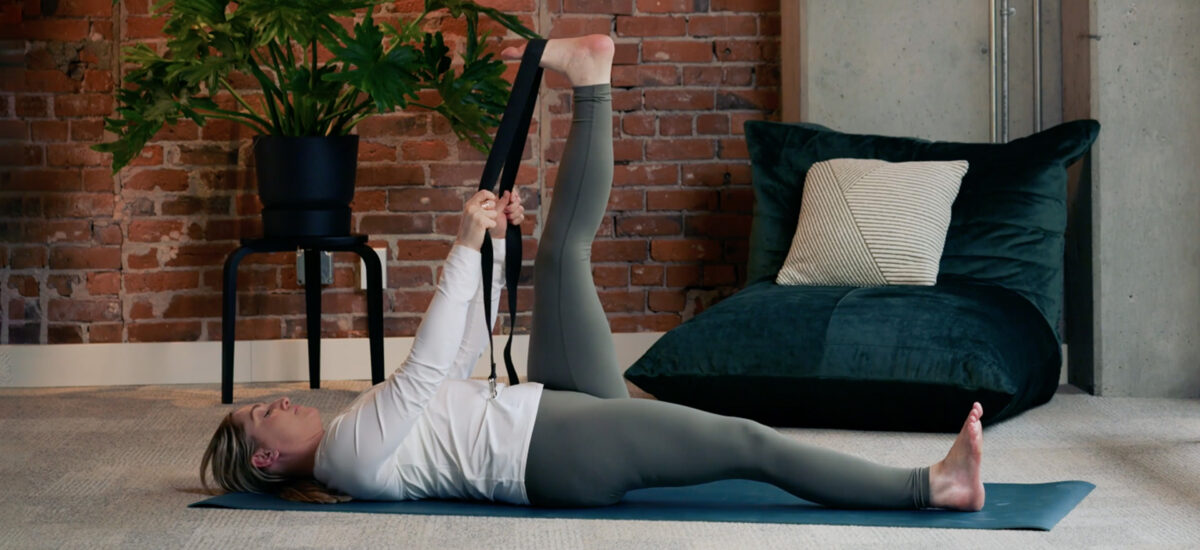




Wilma Cox Bradas
June 10, 2023 , 8:14 amThank you for sharing this information ~ greatly appreciated!
♥️